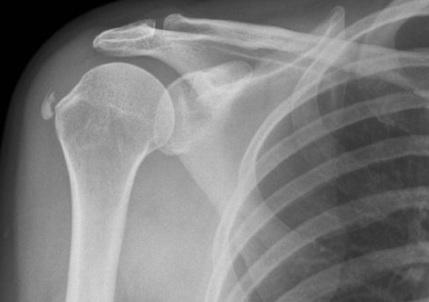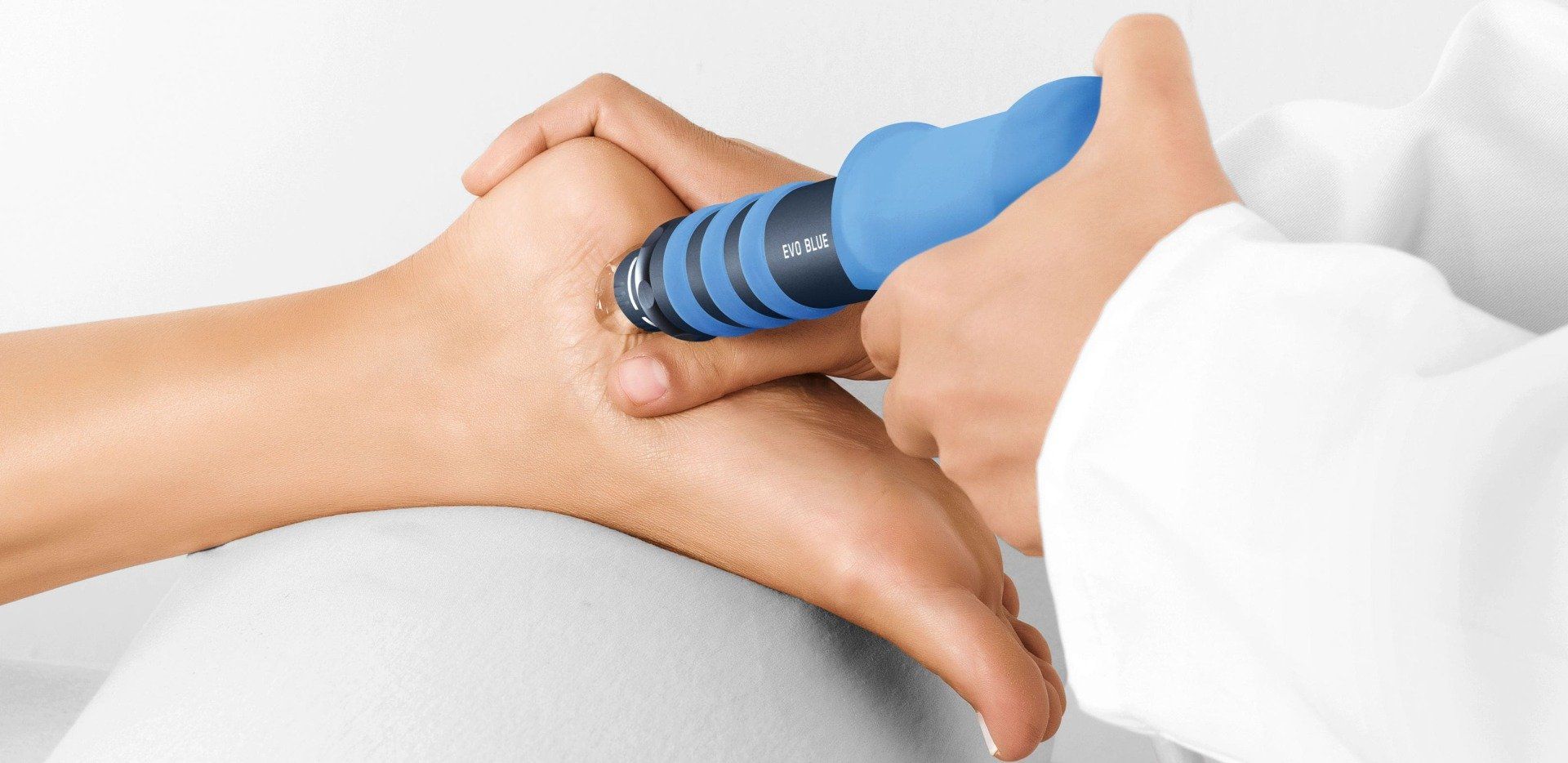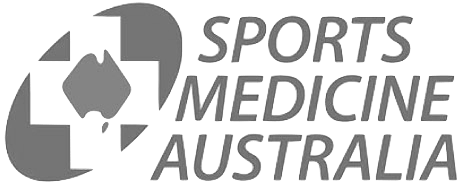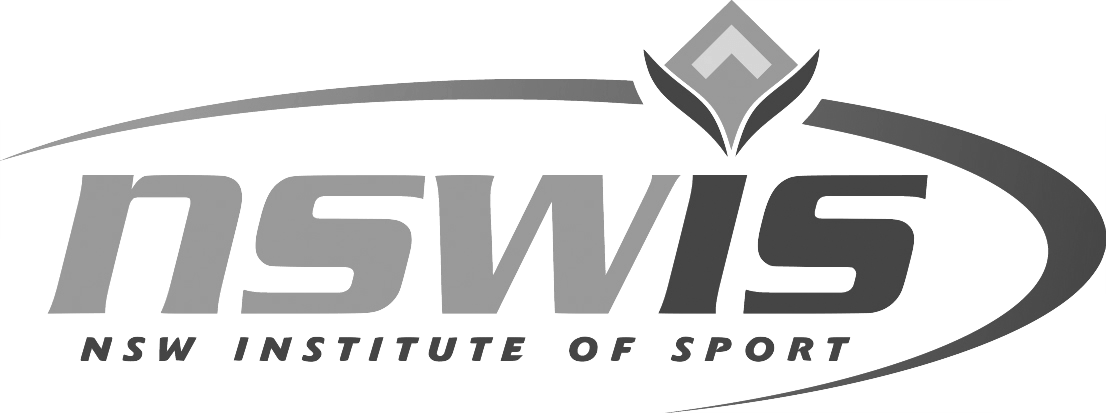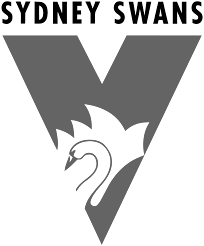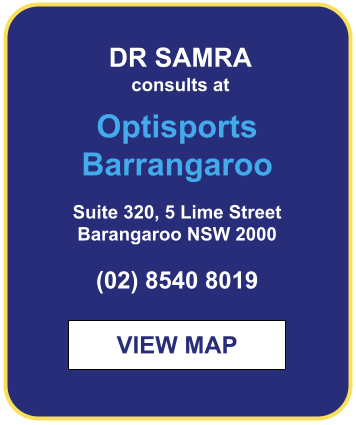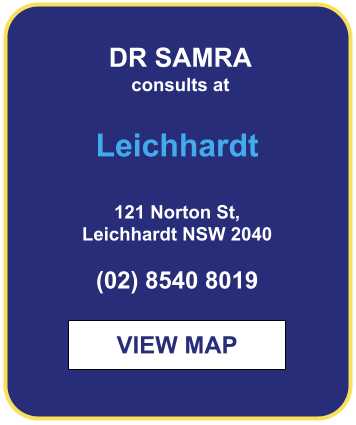Shockwave Therapy
What is Shockwave Therapy?
Shockwave Therapy is an effective non-surgical treatment for a range of musculoskeletal conditions relating to tendons, particularly calcific tendinopathy, where painful deposits of calcium occur in healing tendons.
The therapy involves the delivery of high-frequency shock waves (sound impulses) to the injured tendon to stimulate healing.
Shockwave Therapy has been used for many years as an alternative to invasive surgeries or traditional rehabilitation.
It was originally developed to breakup painful kidney stones.
Dr Samra utilises the most reliable and evidence-based technology in the field- a Dolorcast Radial Shock Wave machine.
PLEASE NOTE THAT SHOCK WAVE THERAPY IS ONLY AVAILABLE AT THE LEICHHARDT CONSULTING LOCATION in 2024
IT IS NOT AVAILABLE AT BARANGAROO
What is Extracorporeal Shockwave Therapy?
Shockwave Therapy is the application of energy to injured or painful tissues via an externally (extracorporeally) administered using a portable device and is also known as:
- Shockwave or extracorporeal pulse activation therapy (EPAT) to stimulate blood supply and metabolism, and promote healing
- Extracorporeal shockwave therapy (EST) may be performed where high-energy soundwaves are delivered to treat nerve problems
- Extracorporeal Shockwave Therapy (EWST)
Sound energy is able to penetrate solid tissues more and therefore this physical property is harnessed to treat pain.
Conditions Treated Using Shockwave Therapy
Shockwave Therapy is one of many methods used to treat chronic tendon conditions. Injuries that benefit from Shockwave Therapy include:
- Achilles tendinopathy
- Shoulder (rotator cuff) tendinitis/ tendinosis
- Trochanteric bursitis and Hip Pain
- Tennis elbow (lateral elbow tendinosis)
- Heel spurs
- Plantar fasciitis (foot)
- Proximal hamstring tendinopathy (buttock)
- Calcific Tendonitis of the shoulder, hip, elbow and other areas
Shockwave Therapy is a useful treatment for chronic tendon conditions that have not responded to other treatments.
Most of the patients who undergo shock wave therapy show significant reduction of pain and improvement in movements of the affected part comparable to other conservative options. The response should occur within 2-3 treatments. Generally a minimum of 3 treatments is recommended, and up to 5 treatments total.
85% of patients in a study treating hamstring tendinopathy demonstrated at least 50% reduction in pain at three months
Dr Samra uses Shockwave Therapy for the treatment of older injuries where calcification or damage of tissue is evident.
It is likely that the benefit is mostly derived from de-sensitisation of the neovascularised, painful tissues.
There are very few contra-indications to Shock wave therapy These include Pregnancy, Bleeding Disorders, Warfarin and Tumours.
How Does Shockwave Therapy Work?
Extracorporeal shock waves work on several levels. Pain is initially reduced by hyperstimulation anaesthesia that diminishes nerve pain signals relayed to the brain. The therapy helps by depleting the number of pain mediators emanating from nerve endings, resulting in a reduction of pain experienced.
It also assists in fighting local inflammation and stimulates repair and regeneration of musculoskeletal tissues by improving blood supply to the affected area.
The shockwave energy, although targeted in one area, expands wave-like within the body to promote remodelling of surrounding tissues. The microtrauma associated with shockwave therapy promotes various processes that agitate and heal.
What Does Shockwave Therapy Involve?
Shockwave Therapy is usually administered within the practice, with the patient relaxing comfortably during the procedure.
The Shockwave device delivers acoustic shock waves that penetrate the skin and stimulate natural tissue repair mechanisms. A session involves the following steps:
- The target area is located, marked and applied with ultrasound gel
- Sometimes local anaesthesia is applied
- A hand-held probe is moved over the skin of the affected site
- The device is held lightly on the skin
- Sound waves are given as short pulses of less than 1 microsecond, with 10-15 pulses being applied per second and can involve 1000 to 4000 pulses
The number and intensity of the sound waves will depend on the severity and depth of the condition.
Complete treatment may require 3-5 sessions of therapy at weekly intervals.
Shockwave Therapy Treatment Process
Preparation for Treatment
- Take your medical history
- Conduct a physical examination
- Perform a point of care Ultrasound
- You may be asked to have a number of tests to ensure that Shockwave Therapy is suitable.
- Advise the doctor if you are taking Aspirin or Blood-thinning medications, regardless of whether you are expecting to have treatment or just a consultation.
Day of Your Treatment
- Do not consume large amounts of alcohol for at least 24 hours prior to treatment,
- Avoid vigorous physical activity or exercise for 24 hours,
- Wear loose clothing
Treatment Approach
In some cases, the doctor may recommend either local anesthesia or a local numbing medication be applied to the treatment site. This can temporarily relieve pain.
This can be discussed.
Many patients also experience immediate relief of major symptoms after Shockwave Therapy.
During Your Treatment
- Lies down while the doctor then administers the Shockwave Therapy treatment.
- May feel their pain is reproduced during the procedure exactly over the tender area
- This resolves quickly after the procedure
After Your Treatment
- Able to walk, drive and return home afterwards without issue
- Should rest the injected area for a day before resuming normal activities.
- Avoid any strenuous activities such as heavy lifting or exercises for a week.
- May prescribe pain relief medication.
- Recommend using a cold compresses to alleviate symptoms.
- Due to the nature of the treatment, the natural healing of the body will continue for several months.


